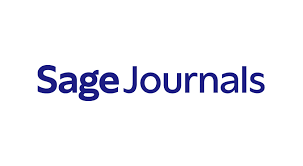This study investigates how transparency affects redistribution, focusing on American states between 1978 and 2000.
Data & Methods
Using state-level panel data during this period, we analyze connections among fiscal transparency, media market penetration, class bias in voter participation, and welfare effort. Controls include governor partisanship, legislator ideology, citizen ideology, gross state product (GSP), and demographics.
Key Findings
Transparency's impact on redistribution depends crucially on the level of class bias in voter participation. States with increasing transparency alongside rising class bias showed declining welfare effort.
Why It Matters
Increased transparency doesn't automatically benefit disadvantaged citizens; it may worsen inequality by reducing welfare aid where disparities between voters widen.







